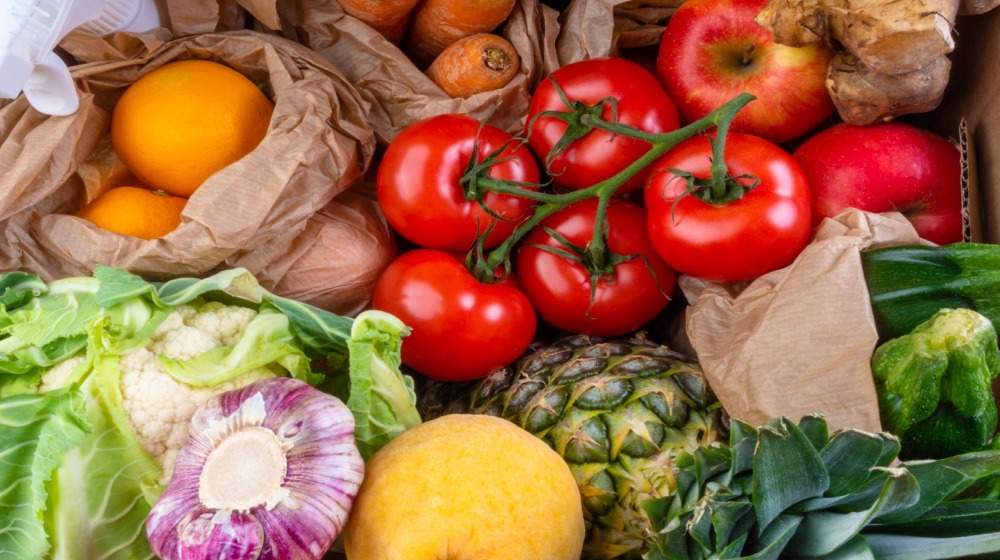Although everyone’s end-of-week routine is unique, just about all consumers have grown accustomed to cleaning out their refrigerators as they gear up for garbage pickup day. This weekly ritual likely involves tossing out a few pieces of fruit and maybe some vegetables. Oh, and don’t forget about that leftover takeout from Wednesday night.

While cleaning out the refrigerator is necessary for sanitary and practical purposes, wasted food begins to add up. However, consumers may not be the worst culprit for wasting food and beverage products.
Like the average household, grocery stores worldwide have to perform their own “fridge clean out” each week to ensure that their shelves are stocked with the safest and freshest foods possible. As a result, grocers send billions of pounds of food waste to landfills yearly.
Fortunately, innovative blockchain technology may be the cure to the retail food waste epidemic running rampant in grocery stores. We explore the problem of food waste and the solutions that blockchain can facilitate below.
How Severe Is America’s Food Waste Problem?
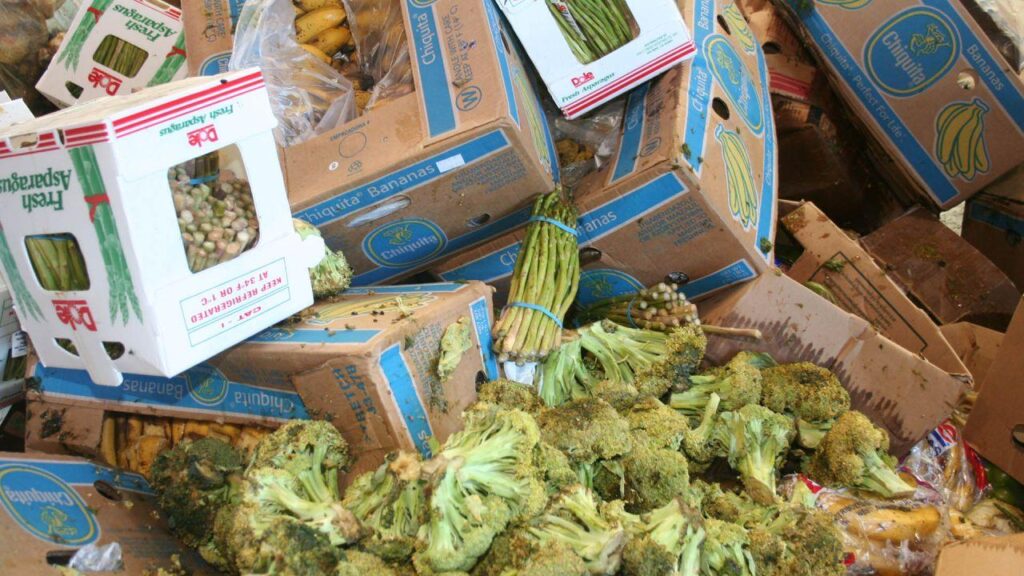
The Food and Agricultural Organization of the United Nations reports that global food waste totals approximately 1.4 billion tons of food annually. Unfortunately, the United States accounts for nearly 1/3 of that, which equates to about 40 million tons of food waste per year. That figure represents 40% of the United States’ food supply.
While not all of that waste can be attributed to grocery stores, they play a role. In addition to grocers, we see growers, manufacturers, distributors, and consumers contributing to food waste. This wide participation means that reducing food waste will require a multifaceted approach that addresses inefficiencies along the entire food supply chain.
What Is Blockchain Technology?
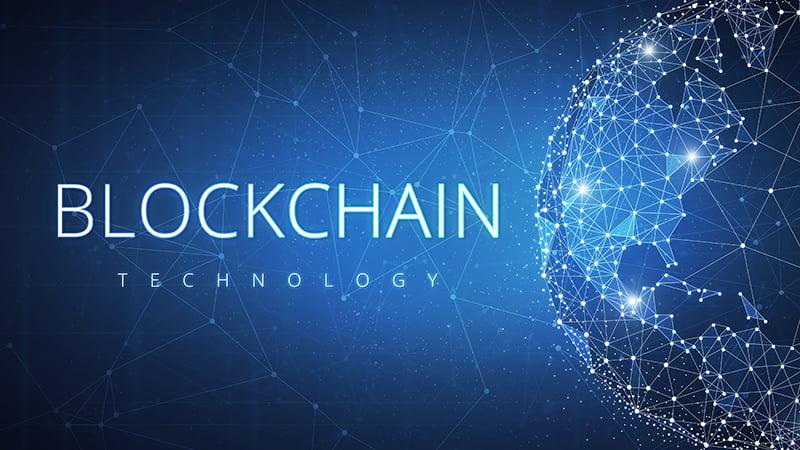
Blockchain is a relatively new technology that distributes and shares data across multiple computer network nodes. Like other databases, blockchains store data in a digital format. However, what sets blockchains apart is how this information is structured.
Traditional databases structure data into tables and store the information in a centralized location. Conversely, blockchain stores information in small groups called “blocks.” When a block is filled, a new block is created and connected to the block that just reached its storage capacity, forming a “chain.”
Since a blockchain distributes data across more than one node, the information that it contains is considered immutable.
Suppose someone accesses a specific node and attempts to alter data in a single block. In that case, the other nodes will cross-reference and reject data from the node that contains inaccurate information. This system of checks and balances makes blockchain ideal for tracking transactional data.
How Blockchain Can Control Food Waste in Grocery Stores?
While blockchain has become synonymous with cryptocurrency, this ledger technology is actually quite versatile. When deployed strategically across the food supply chain ecosystem, blockchain can be used to control food waste across all touchpoints, including at grocery stores. Blockchain can also be used to:
Regulate FIFO Systems
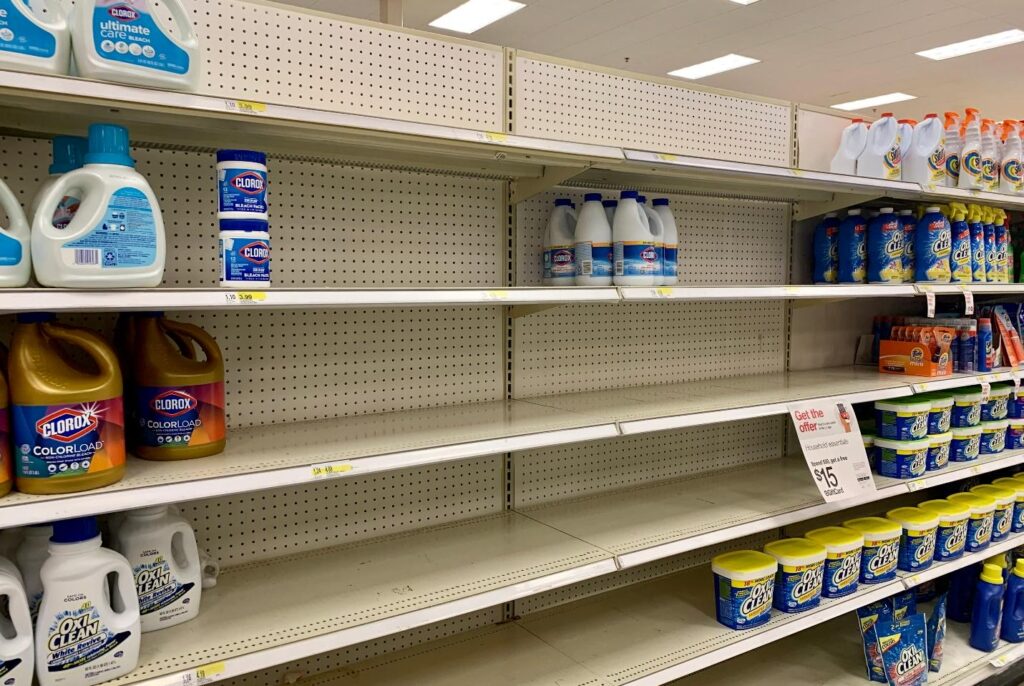
The “first-in, first-out” (FIFO) method has been used when stocking store shelves for decades. When grocery store staff restocks bins, shelves, refrigeration units, and the like, they are supposed to put the newly received items in the back of the lineup.
In theory, the FIFO method will increase the chances that the oldest items are purchased before those that have just been placed on the shelves. In turn, this should minimize food waste.
Unfortunately, current FIFO systems rely on an honor system. An inattentive or irresponsible grocery store employee may slide old items to the back of shelves and put newly received products front and center to finish their daily tasks faster.
When combined with monitoring devices, blockchain technology can help retailers regulate the FIFO systems within their stores. The devices will automatically scan food items and alert management if products are improperly arranged on store shelves.
Monitor Expiration Dates
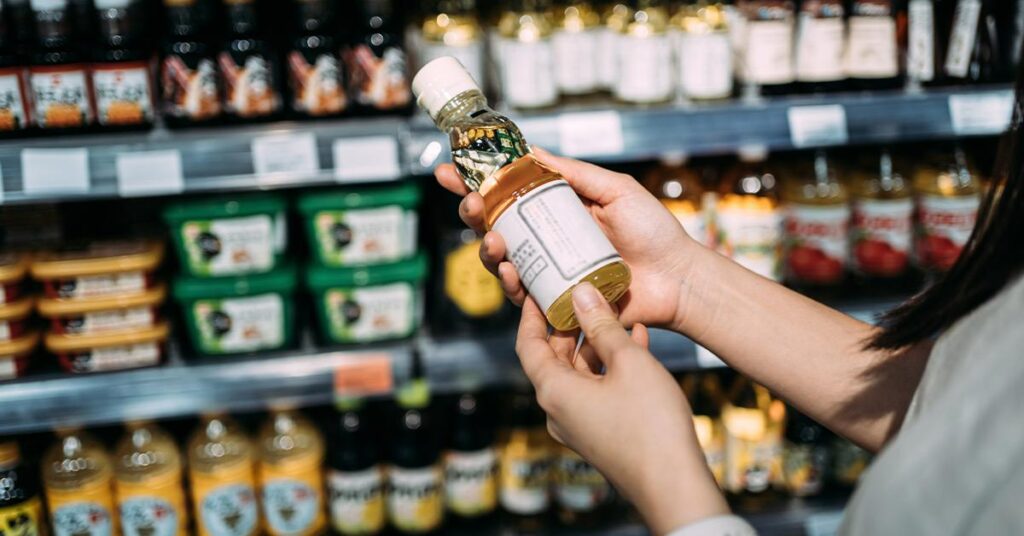
In addition, blockchain technologies and edge computing devices can be deployed to monitor expiration dates of perishable food and beverage items.
Grocers could use this information to increase consumer safety. If they have a large stock of products that will expire soon, they could also run sales to incentivize consumers to purchase these items before they have to be discarded.
Minimize Recall-Related Food Waste
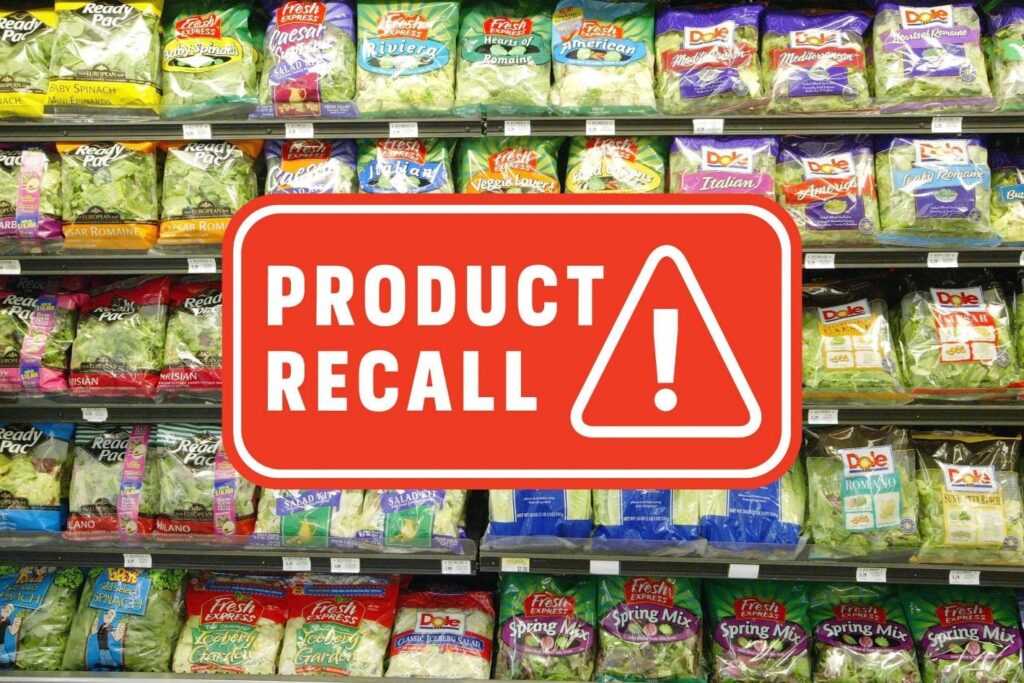
A significant source of food waste is regular massive recalls. Due to ineffective food tracking protocols, food distributors must often recall vast amounts of products when contaminants are discovered in any one shipment.
Blockchain could eliminate this pain point by allowing growers, manufacturers, and distributors to track their shipments with pinpoint accuracy. This oversight would eliminate the need to perform regional recalls, as distributors could zero in on the specific shipment(s) affected by contaminants.
If you would like to learn more about how blockchain can help reduce food waste or would like to do your part, connect with Farm to Plate today.
Pramod Sajja, CEO & President at Paramount Software Solutions (farmtoplate.io).
